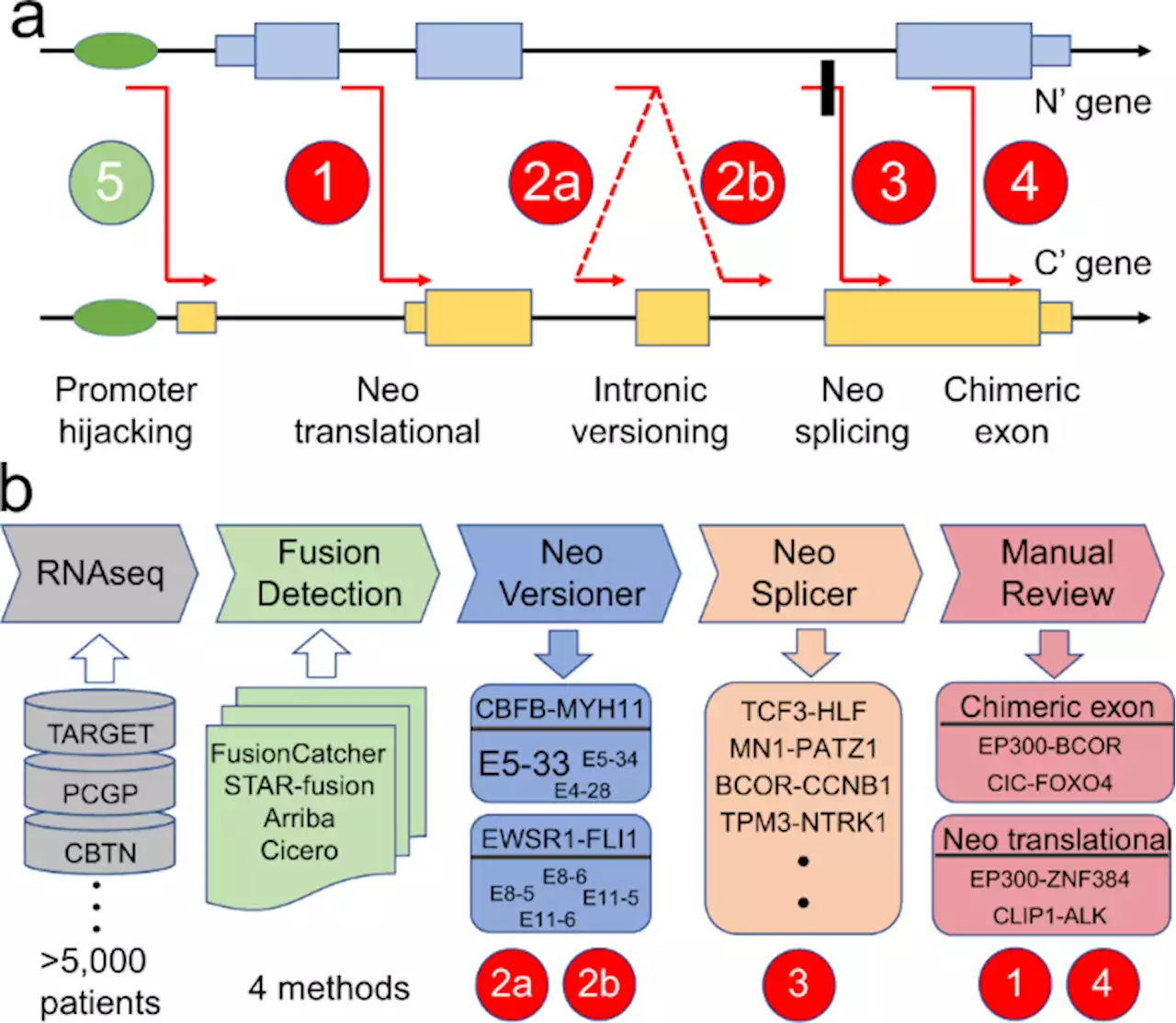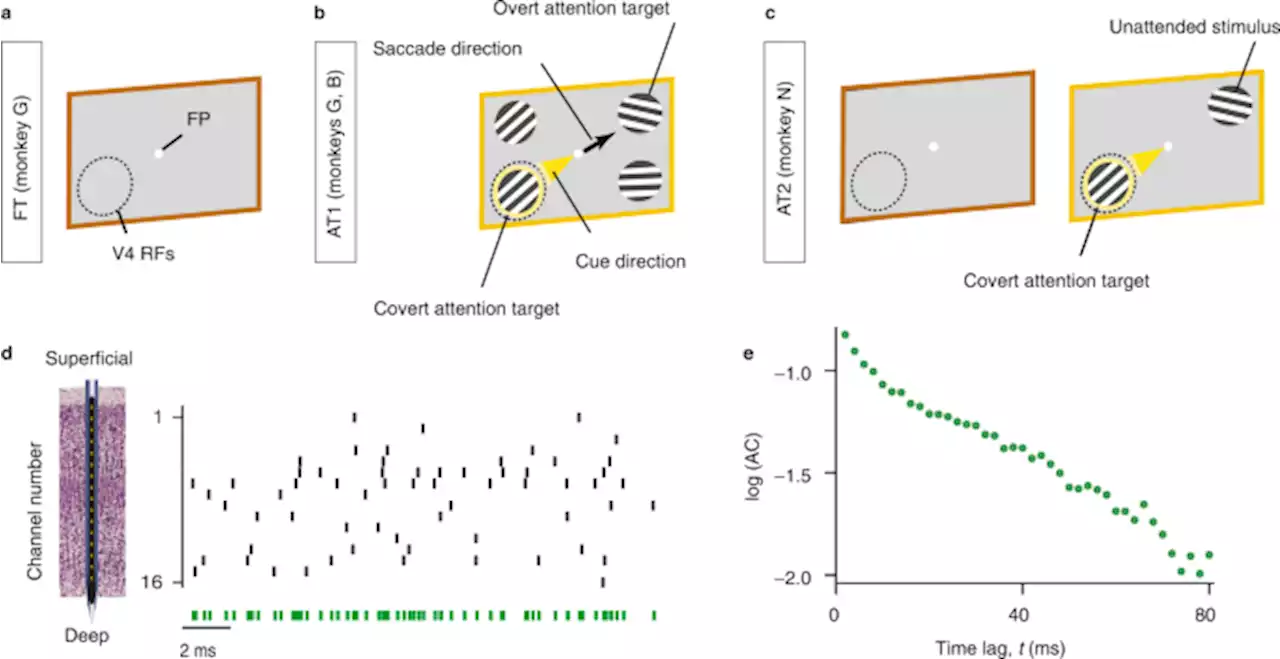How the brain slows down when we focus our gaze NatureComms
. Experimental procedures for the fixation task and attention task 1 were in accordance with NIH Guide for the Care and Use of Laboratory Animals, the Society for Neuroscience Guidelines and Policies, and Stanford University Animal Care and Use Committee. Experimental procedures for the attention task 2 were in accordance with the European Communities Council Directive RL 2010/63/EC, and Use of Animals for Experimental Procedures, and the UK Animals Scientific Procedures Act.
In attention task 2 , the monkey detected a small luminance change within the white phase of a square wave static grating. The monkey initiated a trial by holding a bar and visually fixating a fixation point. The color of the fixation point indicated the level of spatial certainty . After 500 ms a cue appeared indicating the location and focus of the visual field to attend to. The cue was switched off after 250 ms.
Österreich Neuesten Nachrichten, Österreich Schlagzeilen
Similar News:Sie können auch ähnliche Nachrichten wie diese lesen, die wir aus anderen Nachrichtenquellen gesammelt haben.
 Etiology of oncogenic fusions in 5,190 childhood cancers and its clinical and therapeutic implication - Nature CommunicationsOncogenic gene fusions are frequent in childhood cancers but remain poorly understood and untargeted. Here, the authors identify 272 oncogenic fusions in transcriptomics data from 5190 childhood cancer patients, revealing their possible etiologies, their links with tumor progression and evolution, and their potential as therapeutic targets.
Etiology of oncogenic fusions in 5,190 childhood cancers and its clinical and therapeutic implication - Nature CommunicationsOncogenic gene fusions are frequent in childhood cancers but remain poorly understood and untargeted. Here, the authors identify 272 oncogenic fusions in transcriptomics data from 5190 childhood cancer patients, revealing their possible etiologies, their links with tumor progression and evolution, and their potential as therapeutic targets.
Weiterlesen »
KKR set to buy stake in communications group FGS Global\n\t\t\tExclusive scoops\n\t\t\tSmart data to help spot risk and opportunity\n\t\t\tAnalysis of broader trends in M&A\n\t\t\tLex, our agenda-setting business commentary (Premium only)\n\t\t\tDue Diligence, an exclusive M&A newsletter (Premium only)\n\t\t
Weiterlesen »
 Multiplatform analyses reveal distinct drivers of systemic pathogenesis in adult versus pediatric severe acute COVID-19 - Nature CommunicationsIn this work, authors take a multiomics and microfluidics-based approach to elucidate the mechanism of endothelial damage in critical illness associated with SARS-CoV-2.
Multiplatform analyses reveal distinct drivers of systemic pathogenesis in adult versus pediatric severe acute COVID-19 - Nature CommunicationsIn this work, authors take a multiomics and microfluidics-based approach to elucidate the mechanism of endothelial damage in critical illness associated with SARS-CoV-2.
Weiterlesen »
 Norepinephrine links astrocytic activity to regulation of cortical state - Nature NeuroscienceThe authors show that norepinephrine signaling to astrocytes in the mouse visual cortex acts as a separate neuromodulatory pathway that regulates the effects of arousal on neuronal activity and cortical state.
Norepinephrine links astrocytic activity to regulation of cortical state - Nature NeuroscienceThe authors show that norepinephrine signaling to astrocytes in the mouse visual cortex acts as a separate neuromodulatory pathway that regulates the effects of arousal on neuronal activity and cortical state.
Weiterlesen »
 Plastic and stimulus-specific coding of salient events in the central amygdala - NatureNeurons in the central amygdala contribute to the reward prediction error responses of dopamine neurons to facilitate reward learning, but are not involved in aversive learning.
Plastic and stimulus-specific coding of salient events in the central amygdala - NatureNeurons in the central amygdala contribute to the reward prediction error responses of dopamine neurons to facilitate reward learning, but are not involved in aversive learning.
Weiterlesen »
